[ENG] Colonial-old quarter of Panama City [ESP] Casco antiguo-colonial de la ciudad de Panamá <div class="text-justify">

Panama is a multicultural city full of contrasts, it is said that it contains three different cities on its grounds: The first, Old Panama, built by the Spanish on the Pacific coast, was destroyed in 1670 by the English pirate Henry Morgan, the archaeological remains that are preserved there are only a vestige of what existed. The second city, known as the Old or Colonial City, was built about 10 kilometers from the devastated city, it is rich in architecture and beauty; a third is a place full of skyscrapers, by the sea, with the luxury and majesty of the great cities of the planet. This time I am going to show you part of the colonial city in a set of photos taken by my sister Myrna on her last trip to Panama before the pandemic emerged.

Panama City, founded by the Spanish a little over 500 years ago, is the main economic and financial center of the country. As is well known, there is the famous Panama Canal that joins the Atlantic and Pacific oceans for navigation considered the new eighth wonder of the world, which together with tourism are the two great sources that fill the public coffers.
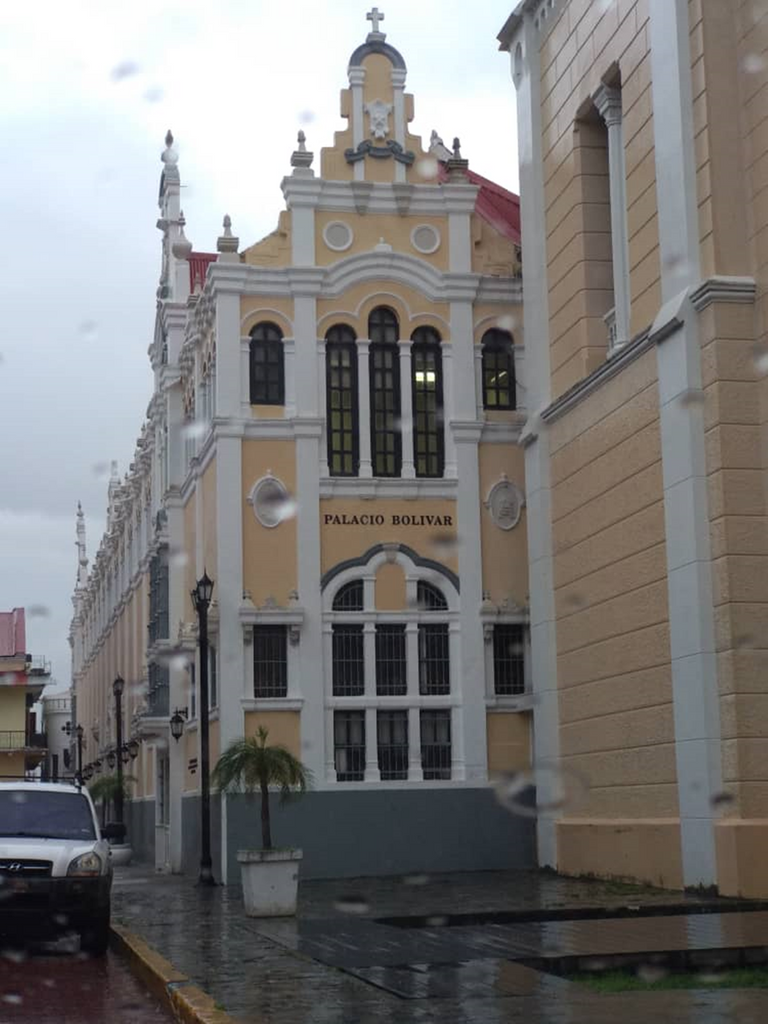
Its cultural and gastronomic offerings made it the "American Capital of Culture and Gastronomy" in 2003 and it was considered among the cities with the best quality of life in Latin America in 2010.
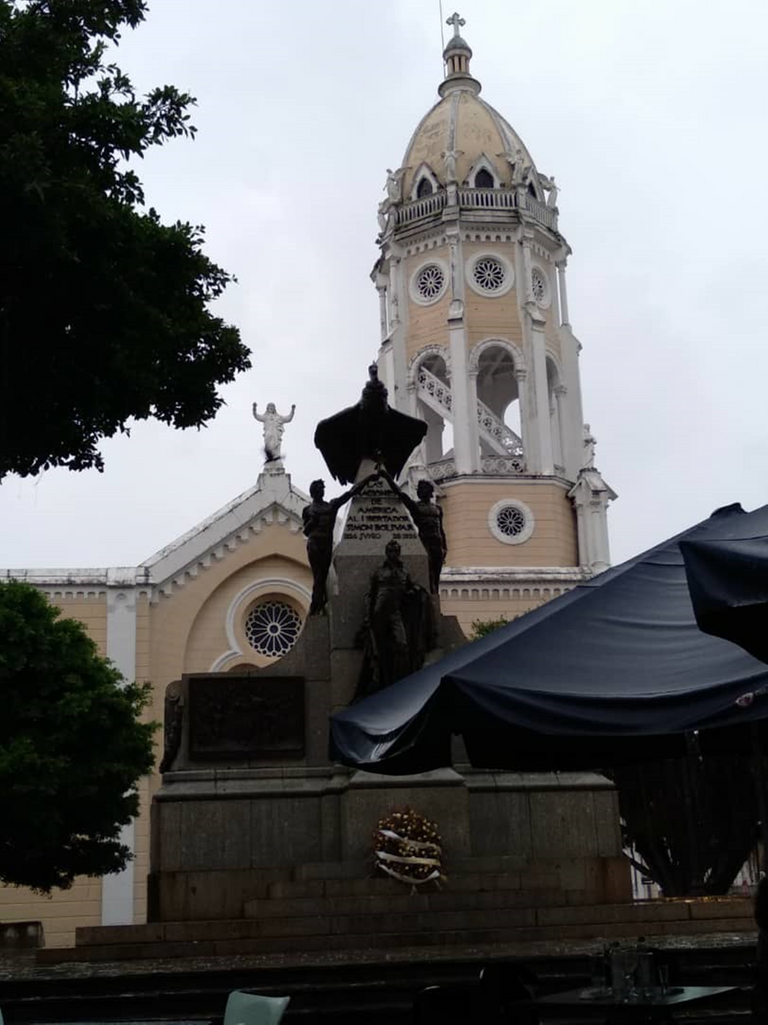
The “Casco Antiguo” or “Casco Viejo” of the city, dates back to the 17th century, built on a peninsula, with a defensive system of walls, is made up of a picturesque set of colonial churches, museums, monuments, houses with balconies of various styles, squares and very well preserved palaces, some in the process of recovery. Most of the country's main monuments and historical buildings are located there and, due to its size and unique beauty, it is conducive to exploring it on foot.
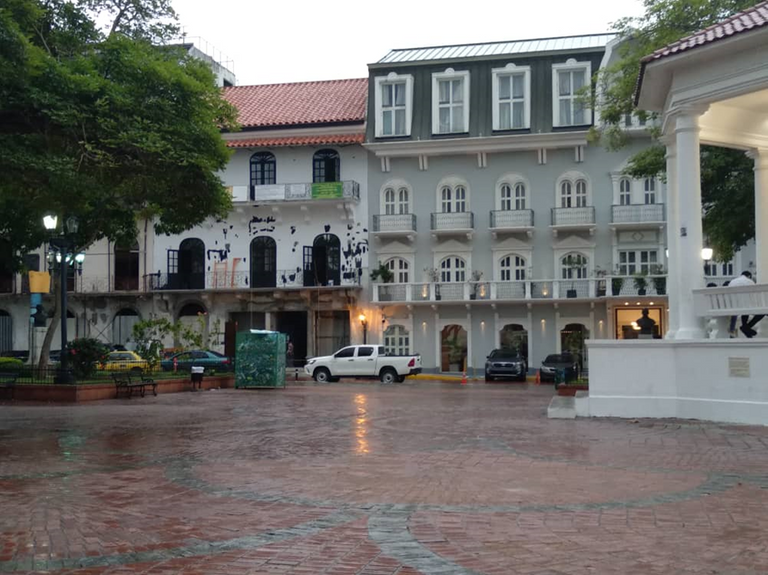
This unique part of Panama City features many architectural styles, from early 18th-century Spanish colonial buildings, French and West Indian townhouses, to mid-20th-century modern, Art Nouveau, and Panamanian neoclassical structures. This part of the city, covering some 44 hectares, has been declared a National Historical Monument in 1976 and a World Heritage Site by UNESCO in 1997.

It has been a great effort to rebuild this beautiful old town, which we can appreciate today, as it suffered three fires that partially destroyed it and modified its initial structure. The city we see today was rebuilt in the late 19th and early 20th centuries
.

Panamanian architecture has gone from the colonial style to the Panamanian neoclassical style, considered the official style of the country, whose direct responsibility is the Italian architect and artist Genaro Ruggieri who was in charge of designing neoclassical buildings such as the National Theater and the National Palace (1904) , directed the interior decoration and ornamentation of the Municipal Council (1907), whose builder was the Panamanian engineer Florencio Harmodio Arosemena and then, in 1910, designed the buildings for the National Institute of Panama, the Palace of Justice, and the National Institute of Panama, among others. Another facet of Panamanian architecture begins with the work of the Peruvian architect Leonardo Villanueva Meyer, at the beginning of the 20th century, who introduced his canal architecture in the avenues and walks of the city, the American designs of the garden city, the continuous arcades and protruding balconies in houses and other buildings.
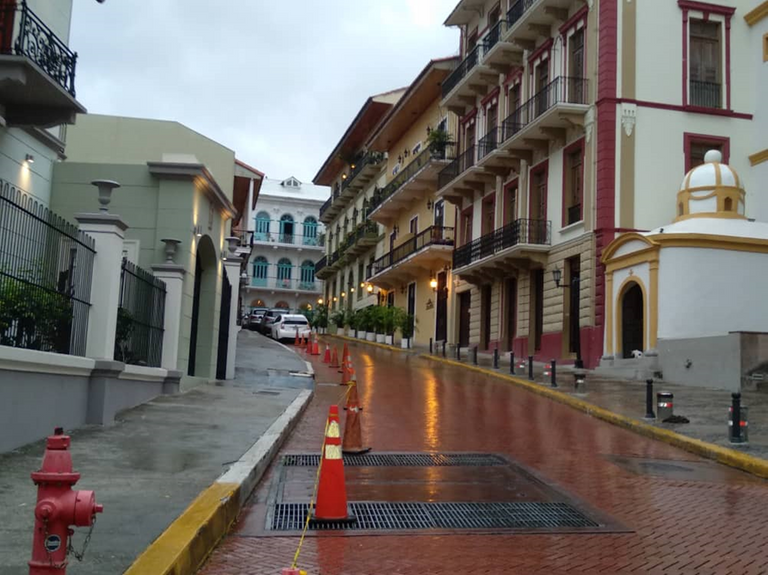
It can be affirmed, without fear of being mistaken, that the old town or colonial city of Panama is full of historical magic that when visiting it takes us back to the colonial past of the country, allowing us to enjoy the architectural beauties, typical of the Latin American Caribbean, with its cobblestone streets. and the colorful facades of its buildings.
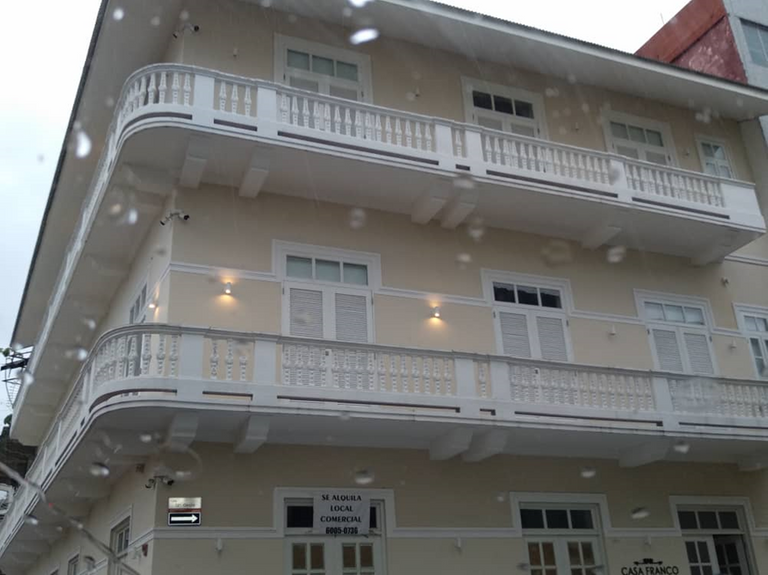
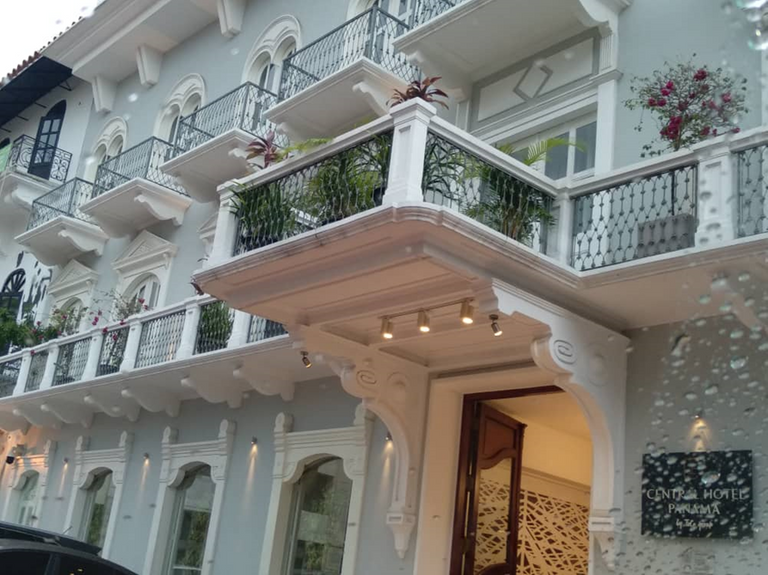
Panamá es una ciudad multicultural llena de contrastes, se afirma que encierra en sus predios tres ciudades distintas: La primera, Panamá vieja, construida por los españoles en la costa del Pacífico, fue destruida en 1670 por el pirata inglés Henry Morgan, los restos arqueológicos que allí se conservan son sólo un vestigio de lo que existía. La segunda ciudad, conocida como la Ciudad Vieja o Colonial, fue levantada a unos 10 kilómetros de la ciudad devastada, es rica en arquitectura y belleza; una tercera es un lugar lleno de rascacielos, a la orilla del mar, con el lujo y majestuosidad de las grandes urbes del planeta. En esta oportunidad les voy a mostrar parte de la ciudad colonial en un conjunto de fotos tomadas por mi hermana Myrna en su último viaje a Panamá, antes que aflorara la pandemia.

La ciudad de Panamá, fundada por los españoles hace poco más de 500 años, es el principal centro económico y financiero del país. Como es bien sabido, allí se encuentra el famoso Canal de Panamá que une, para la navegación, los océanos Atlántico y Pacífico, considerado la nueva octava maravilla del mundo, que conjuntamente con el turismo son las dos grandes fuentes que llenan las arcas públicas.
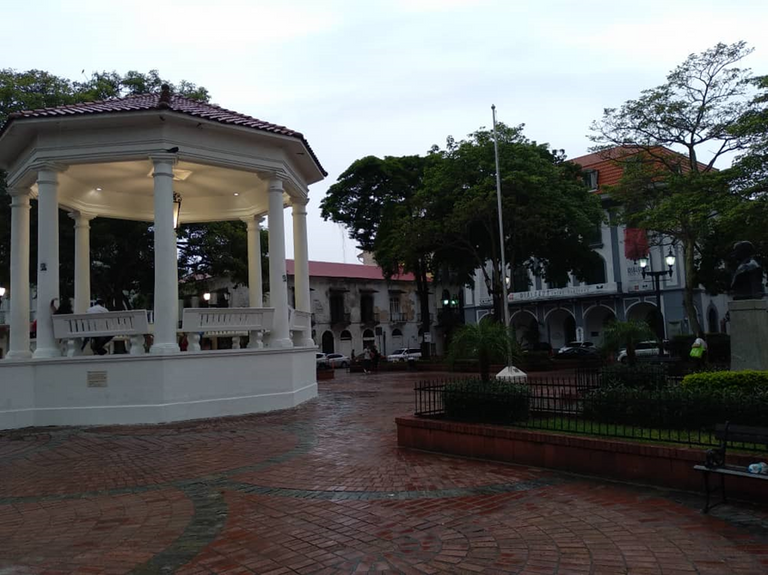
Sus ofertas culturales y gastronómicas hicieron que fuese elegida “Capital americana de la cultura y la gastronomía” en el 2003 y fue considerada entre las ciudades con mejor calidad de vida de la América Latina en 2010.
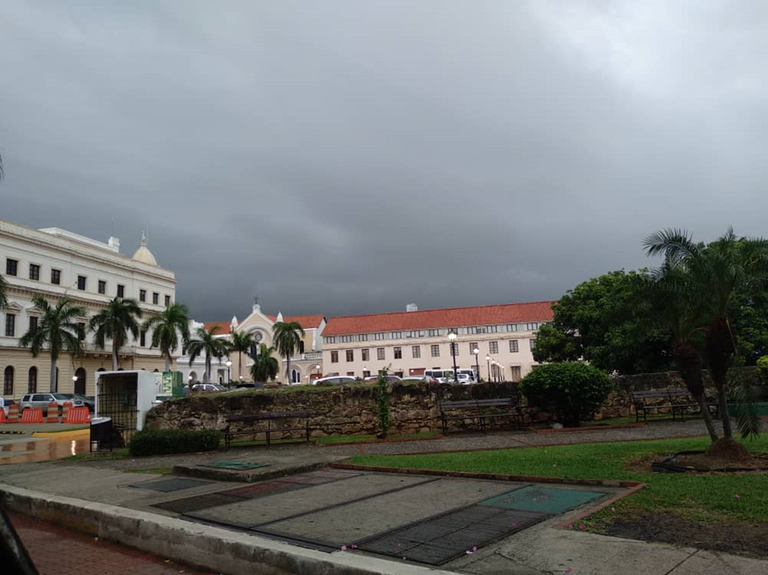
El Casco Antiguo o Casco Viejo de la ciudad, data del siglo XVII, construido en una península, con un sistema defensivo de murallas, está constituido por un conjunto pintoresco de iglesias coloniales, museos, monumentos, casas con balcones de diversos estilos, plazas y palacios muy bien conservadas, algunas en proceso de recuperación. Allí se encuentra la mayoría de los principales monumentos y edificios históricos del país y por su tamaño y singular belleza es propicio para recorrerlo a pie.

Esta singular parte de la ciudad de Panamá presenta muchos estilos arquitectónicos, desde edificios coloniales españoles de inicios del siglo XVIII, casas adosadas francesas y antillanas hasta estructuras de estilo neoclásico panameño, art Nouveau y moderno de mediados del siglo XX. Esta parte de la ciudad, de unas 44 hectáreas de extensión, ha sido declarada Monumento histórico Nacional en 1976 y Patrimonio de la Humanidad por la Unesco en 1997.
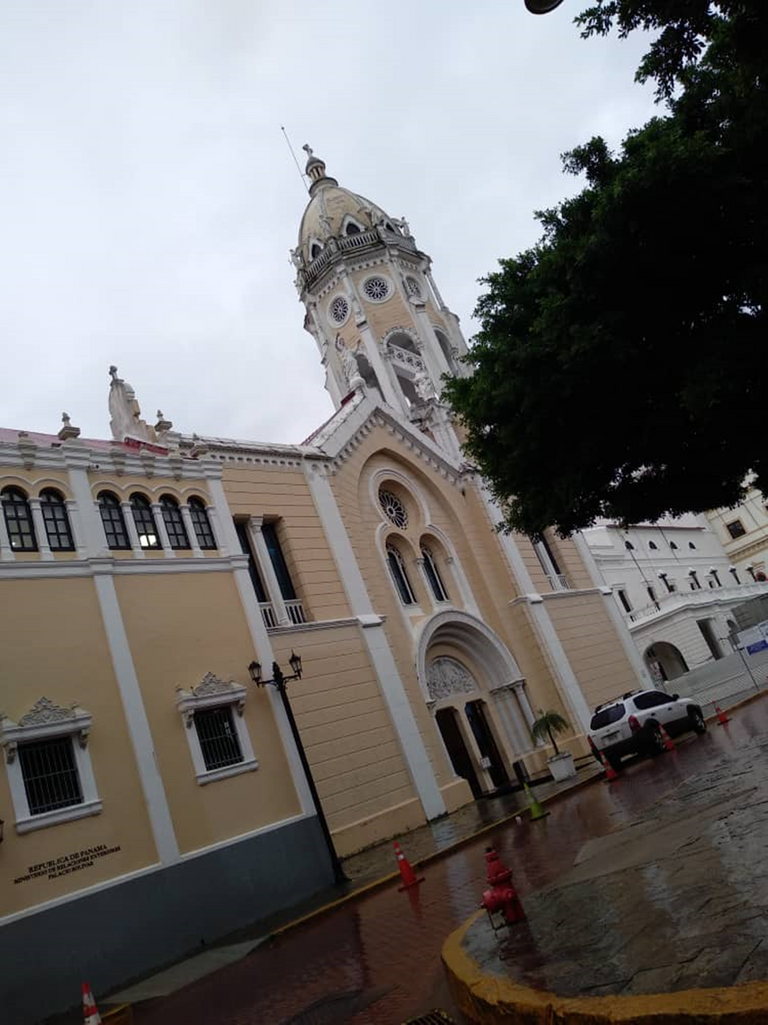
Ha sido un gran esfuerzo reconstruir este bello casco antiguo, que podemos apreciar hoy, pues sufrió tres incendios que lo destruyeron parcialmente y modificaron su estructura inicial. La ciudad que vemos hoy en día se reconstruyó a finales del siglo XIX y principios del XX.
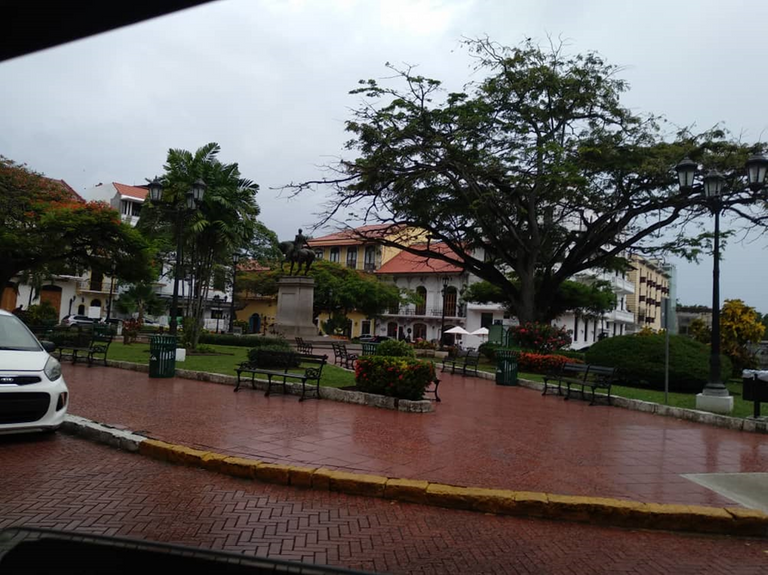
La arquitectura panameña ha pasado del estilo colonial al estilo neoclásico panameño, considerado el estilo oficial del país, cuyo responsable directo es el arquitecto y artista italiano Genaro Ruggieri quien fue el encargado de diseñar edificios neoclásicos como el Teatro Nacional y el Palacio Nacional (1904), dirigió el decorado interior y la ornamentación del Concejo Municipal (1907), cuyo constructor fue el ingeniero panameño Florencio Harmodio Arosemena y luego, en 1910, diseño los edificios para el Instituto Nacional de Panamá, el Palacio de Justicia y el Instituto Nacional de Panamá, entre otros. Otra faceta de la arquitectura panameña se inicia con el trabajo del arquitecto peruano Leonardo Villanueva Meyer, a principios del siglo XX, quien introdujo su arquitectura canalera en las avenidas y paseos de la ciudad, los diseños americanos de la ciudad jardín, las arcadas continuas y los balcones salidos en las casas y otras edificaciones.
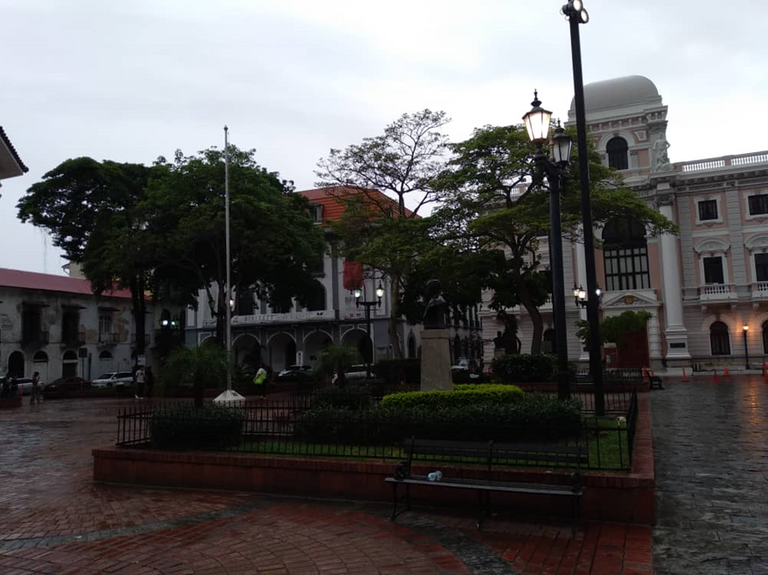
Se puede afirmar, sin temor a equivocarse, que el casco viejo o ciudad colonial de Panamá está llena de magia histórica que al visitarla nos traslada al pasado colonial del país, al permitirnos disfrutar las bellezas arquitectónicas, típicas del caribe latinoamericano, con sus calles empedradas y las coloridas fachadas de sus edificaciones.
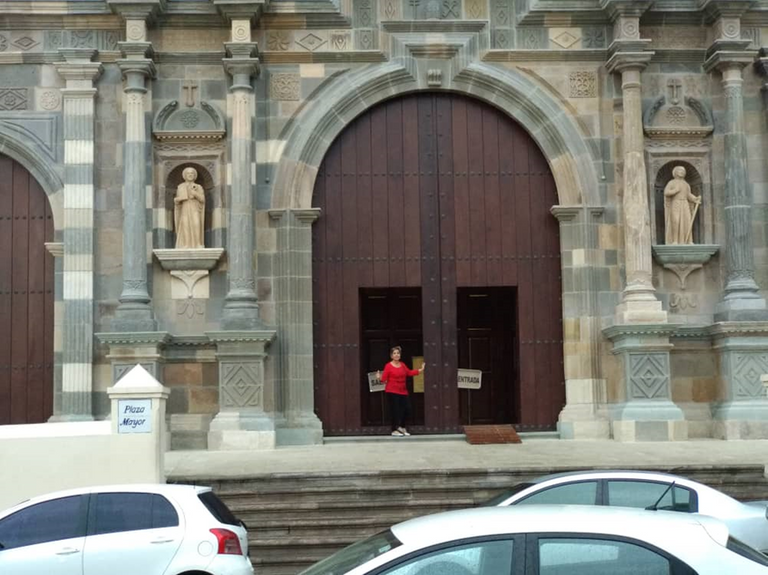
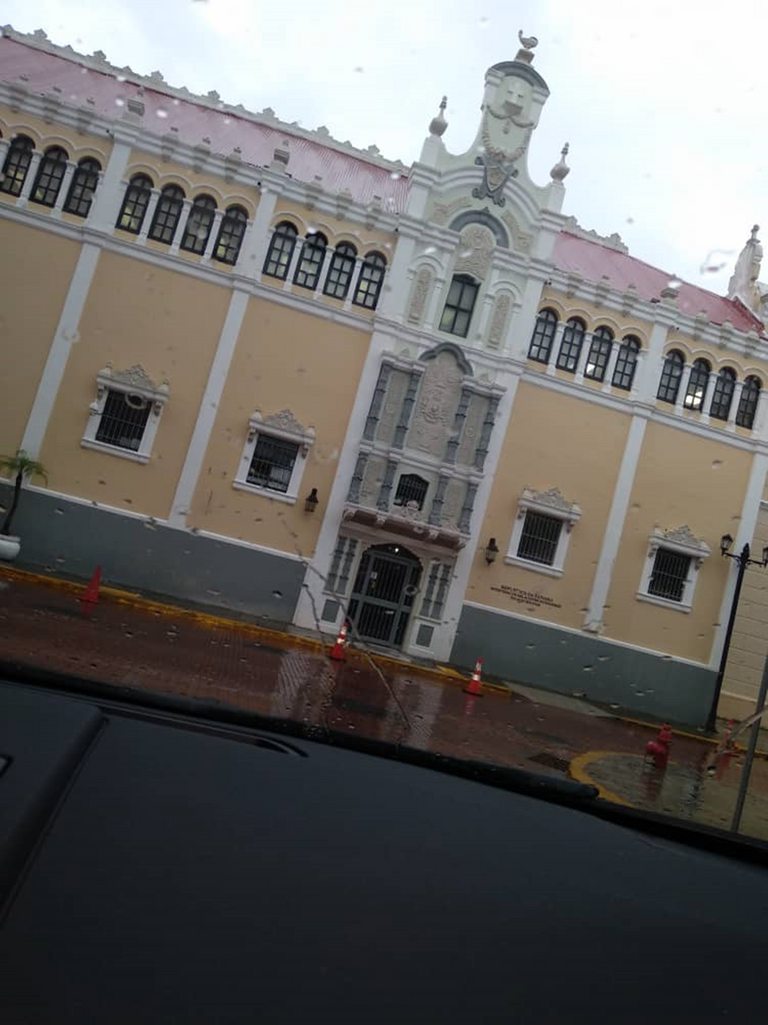
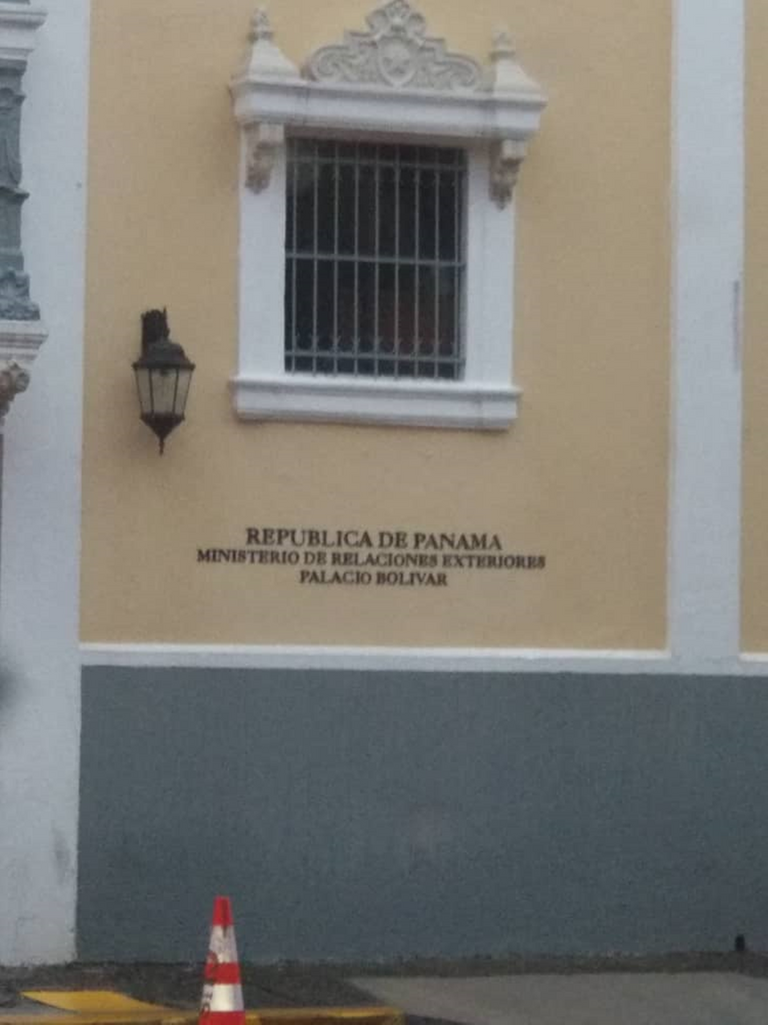
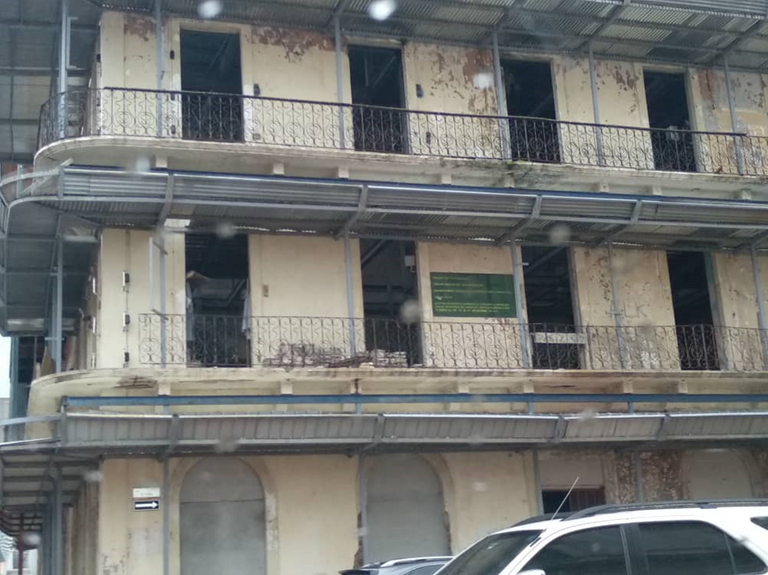
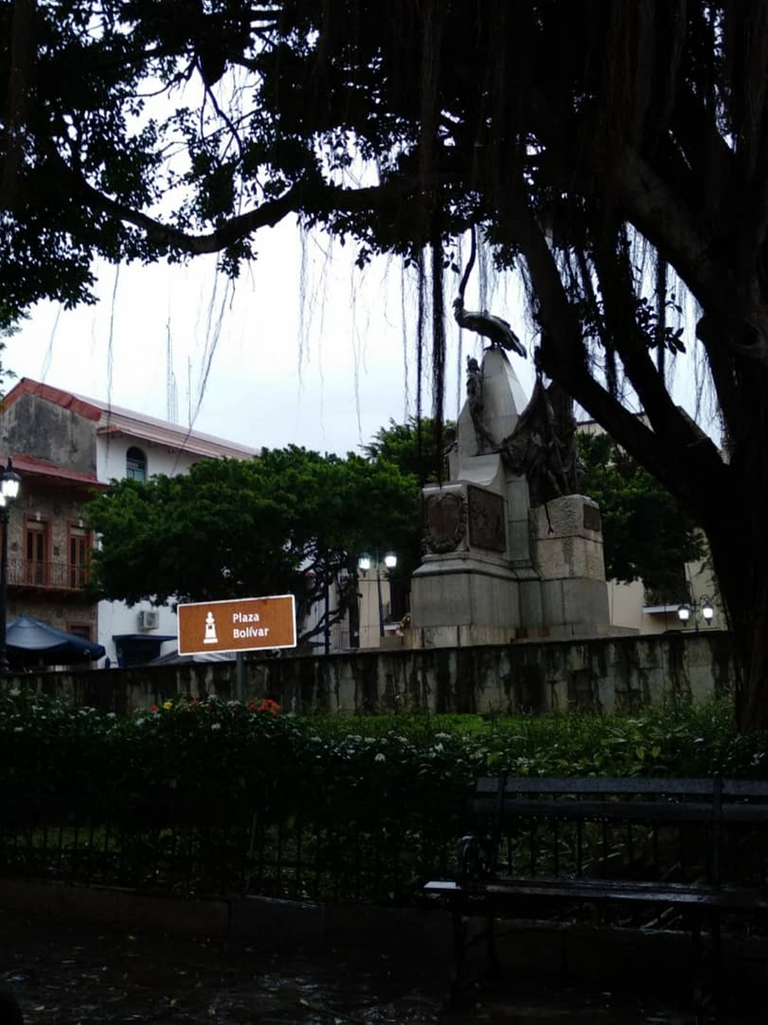
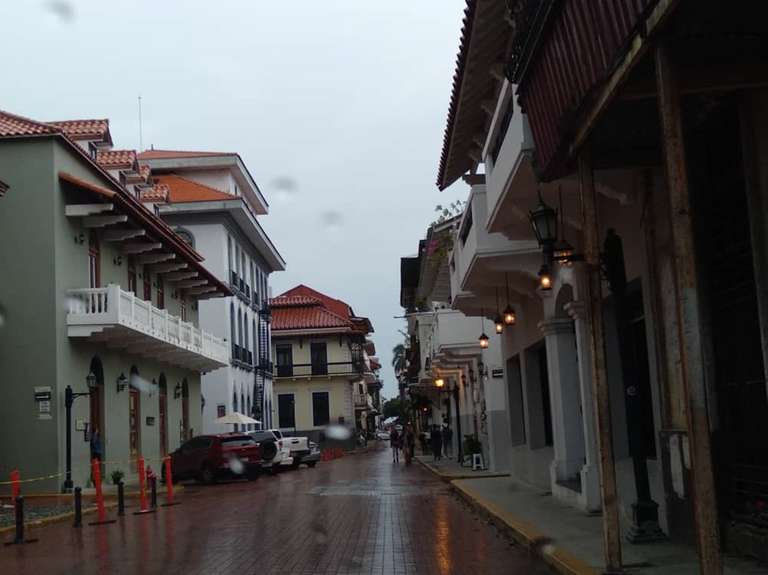

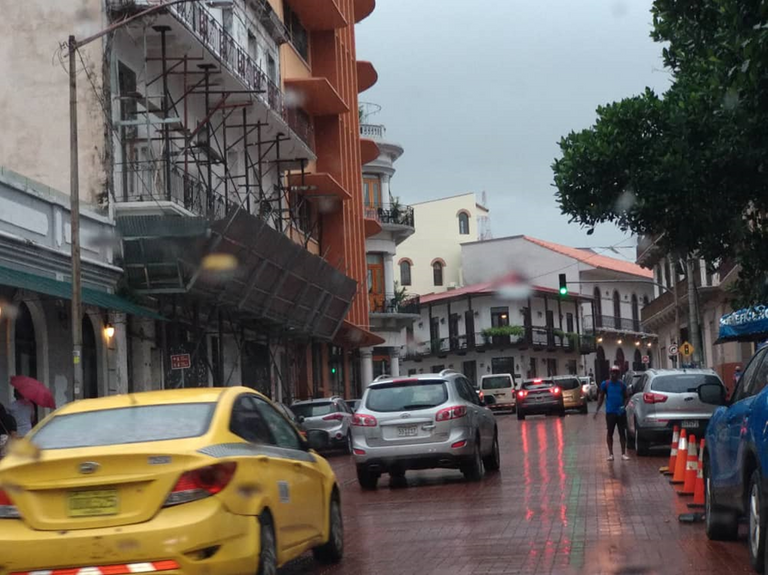
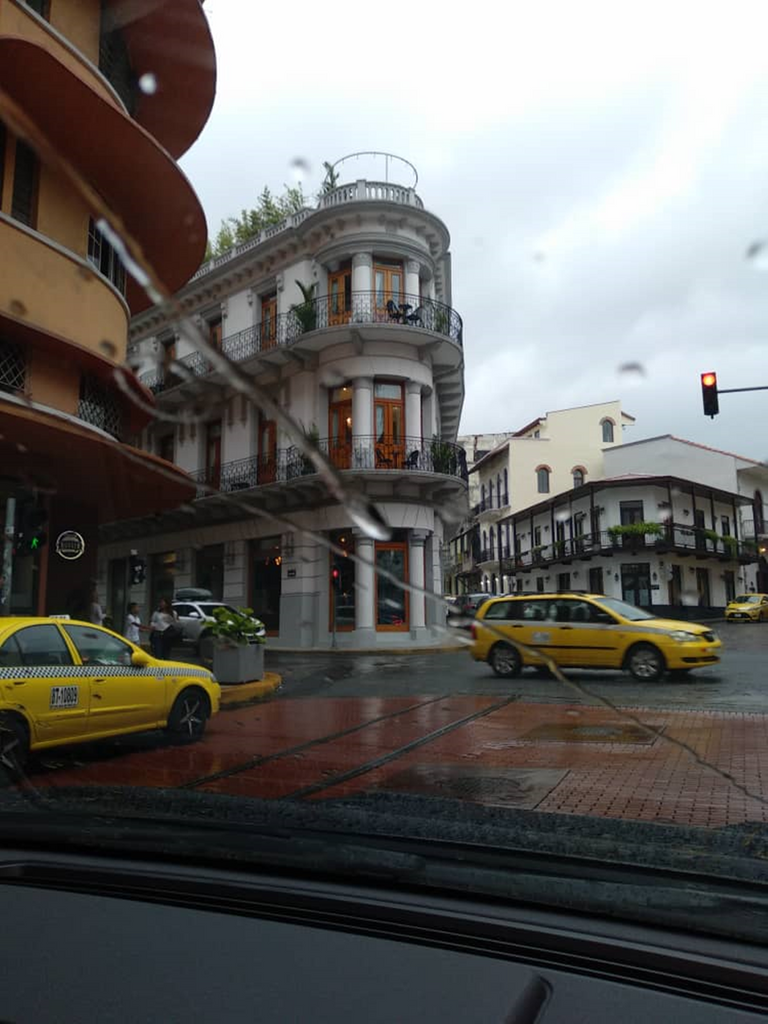
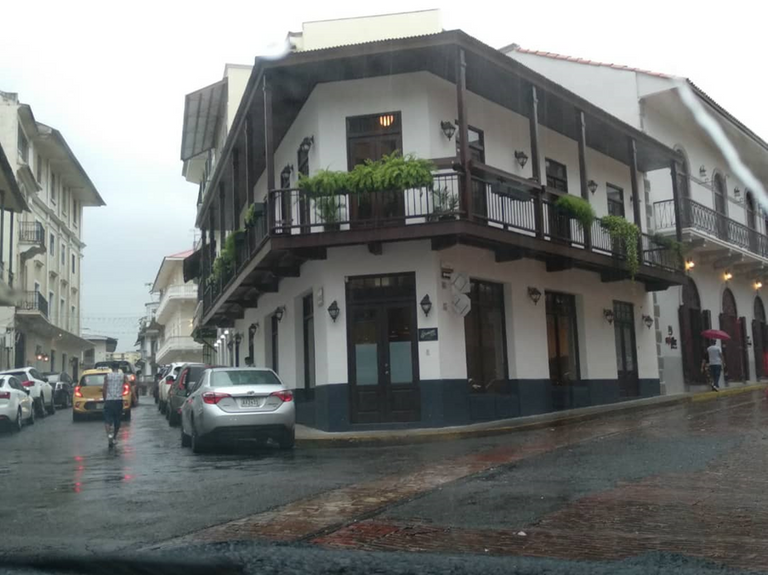
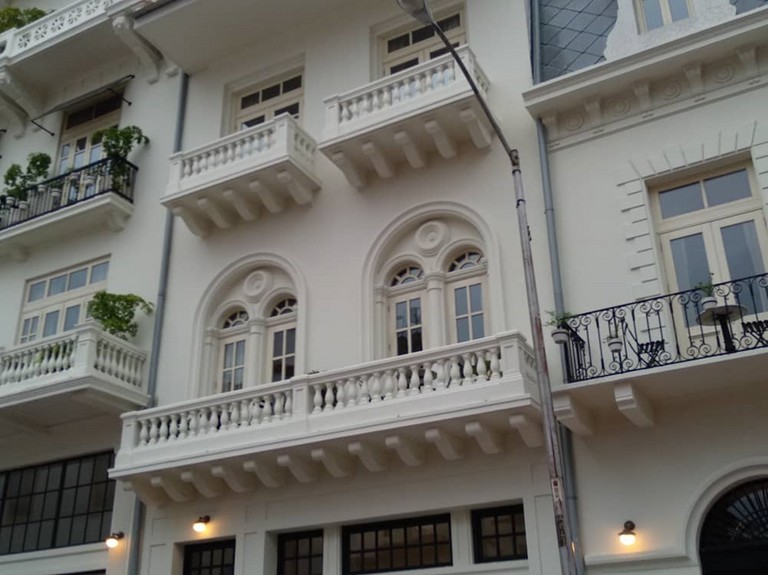
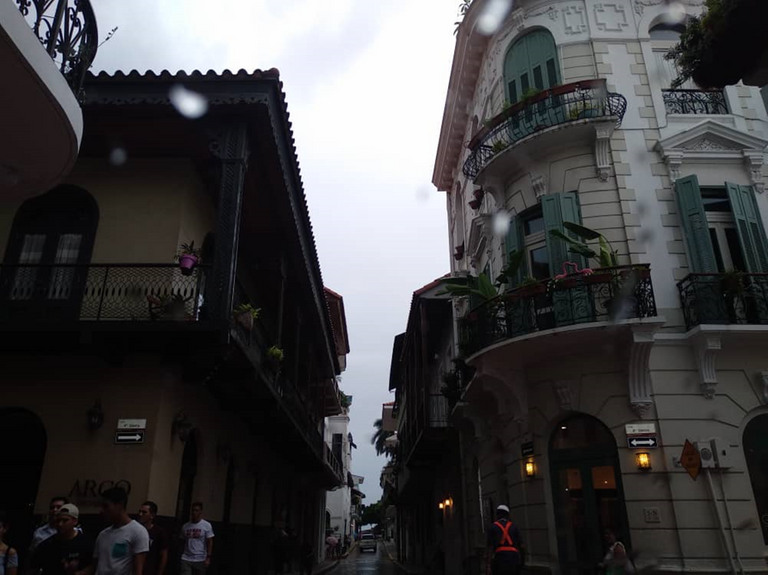
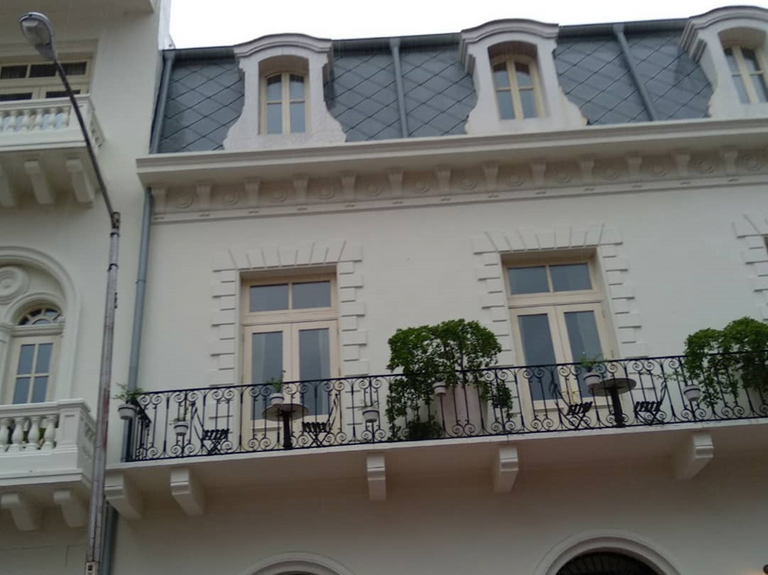
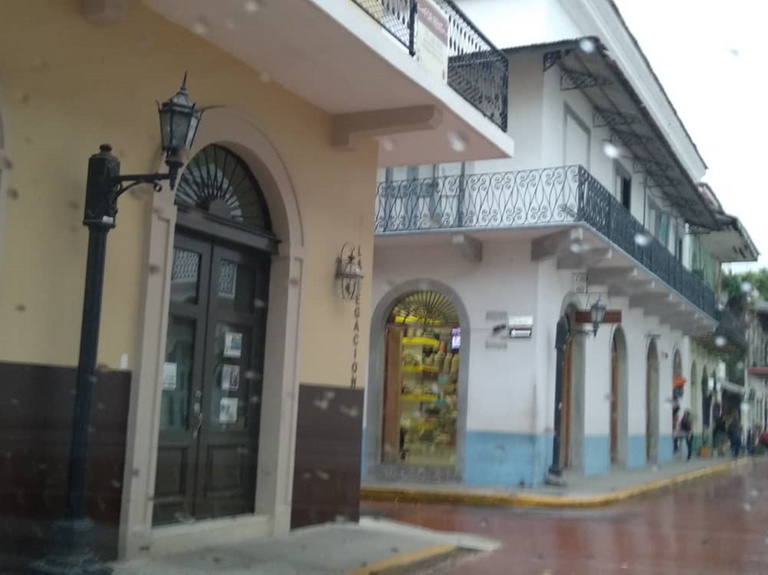
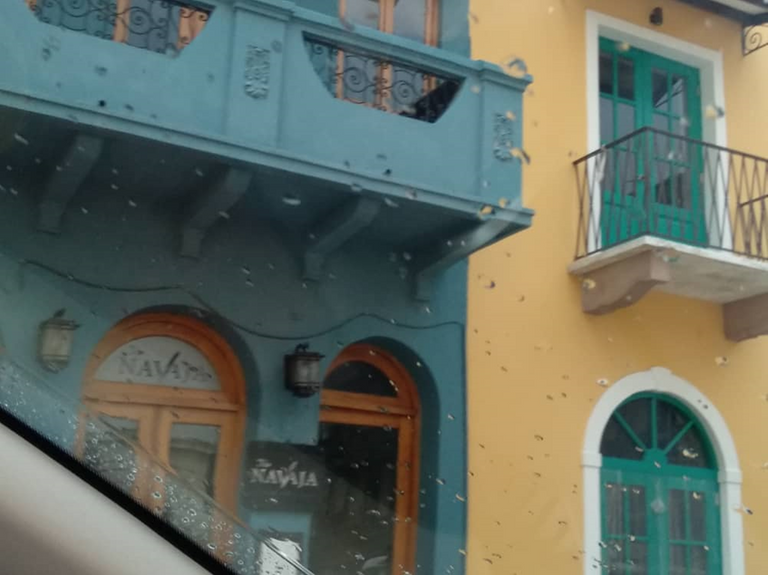
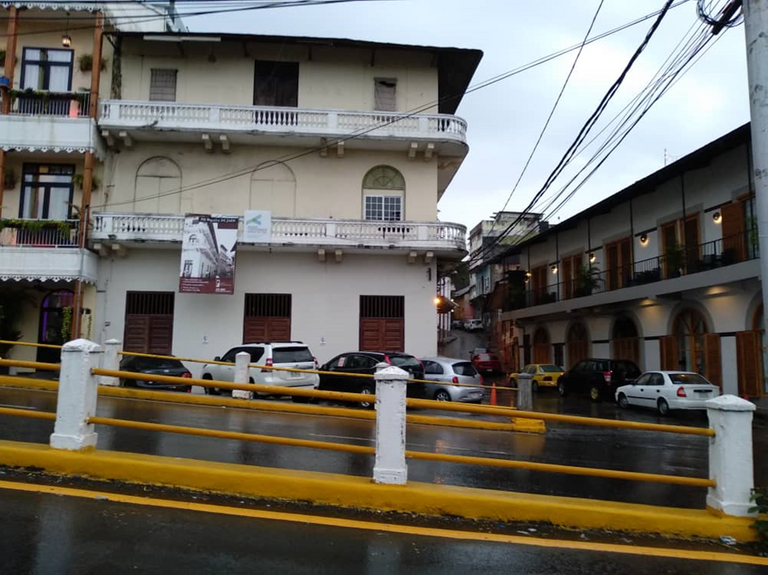
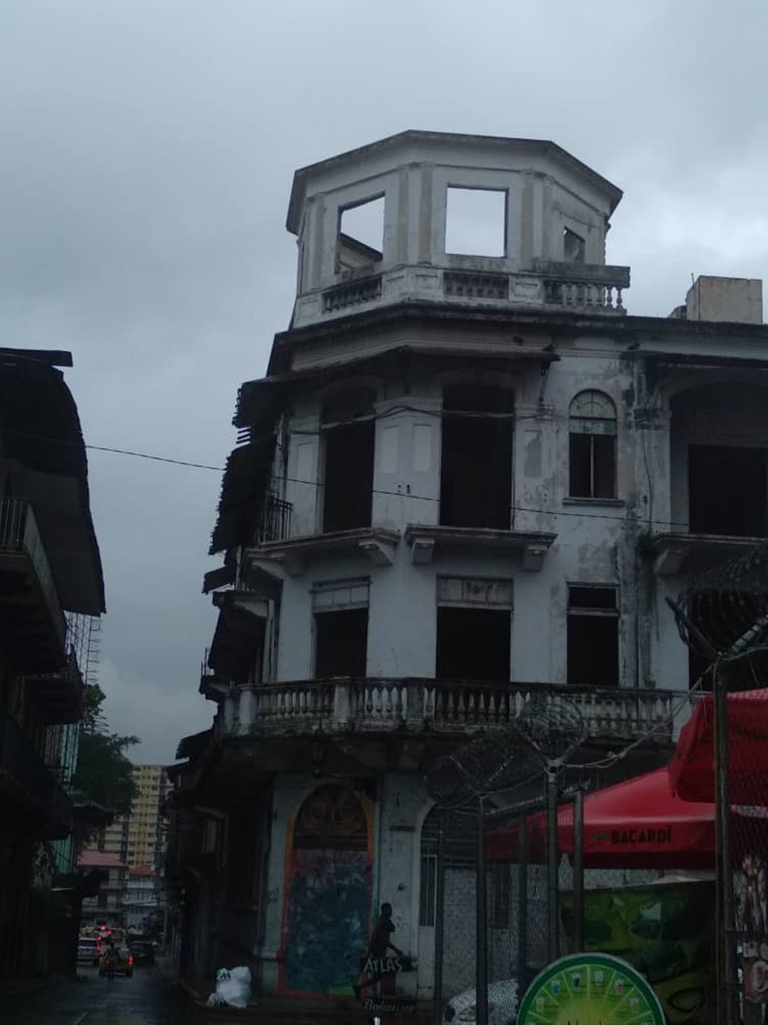
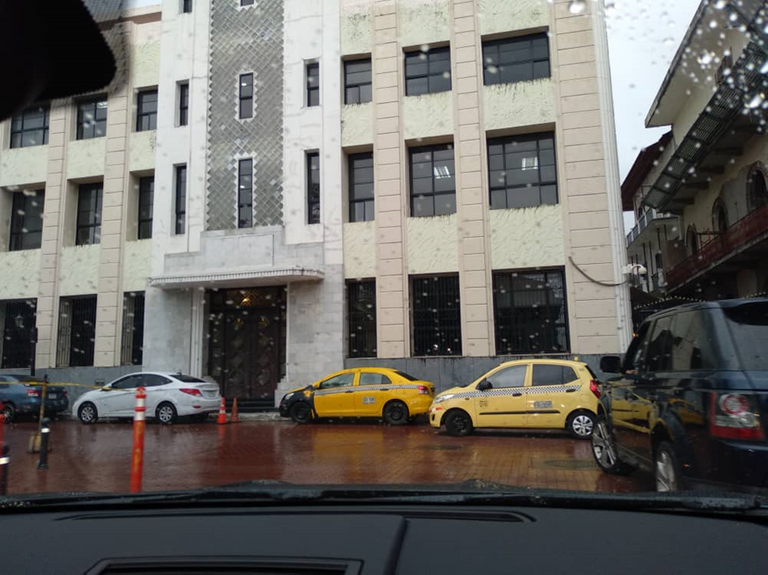

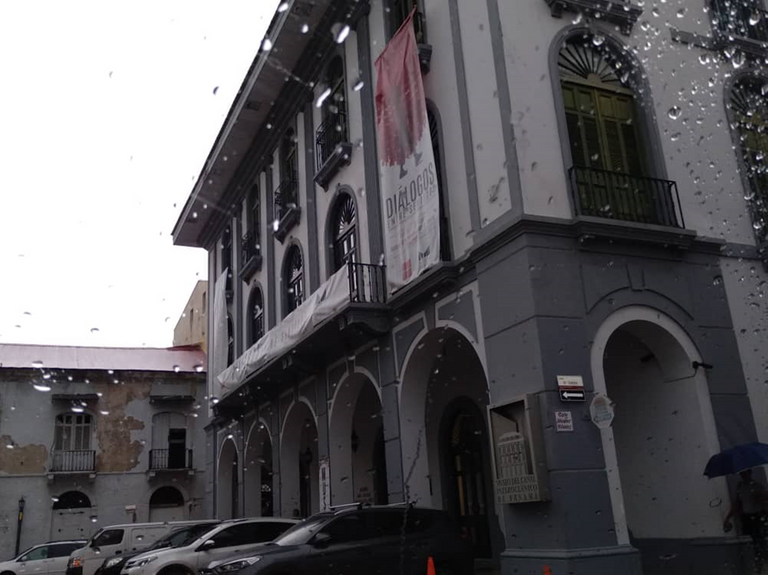
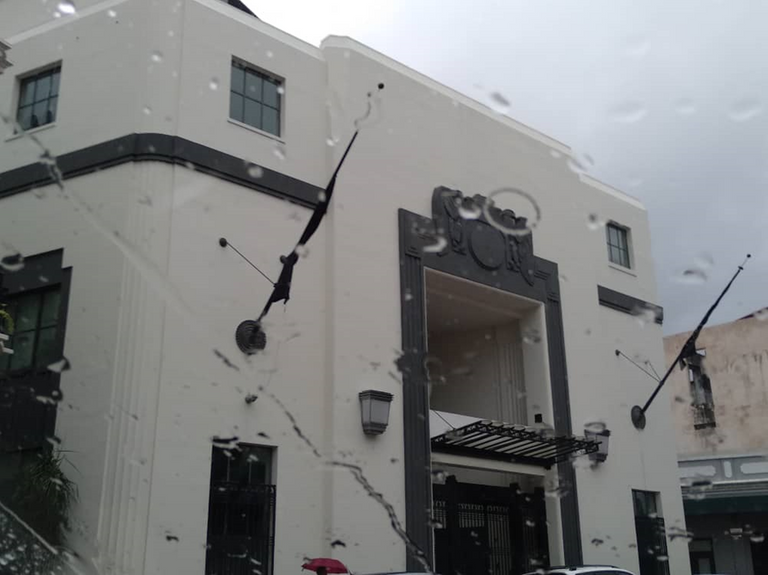
Barely 10 kilometers from the Old City are the remains of the original colonial settlement from the 15th century, one of the first to be established on the American Pacific coast. The archaeological site is an architectural sample from the time of the Spanish conquest
A escasos 10 kilómetros de la Ciudad Antigua se encuentran los restos del asentamiento colonial original del siglo XV, uno de los primeros en establecerse en la costa del Pacífico americano. El sitio arqueológico es una muestra arquitectónica de la época de la conquista española
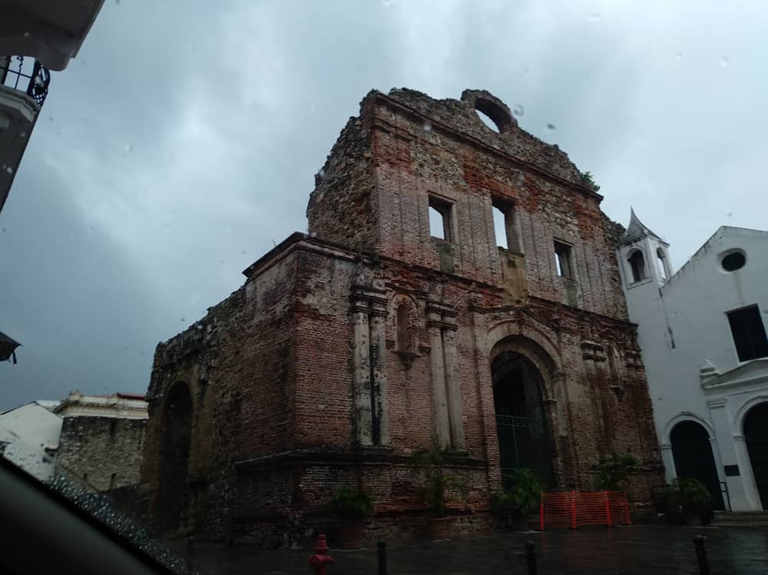
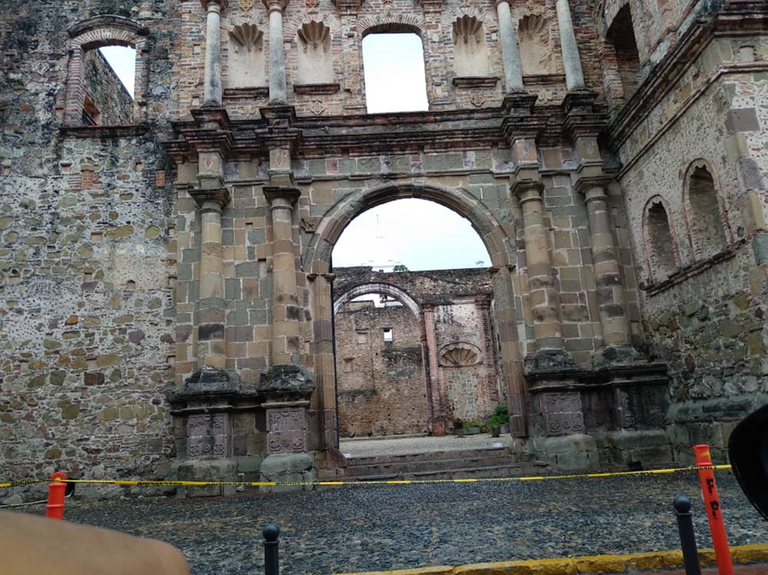
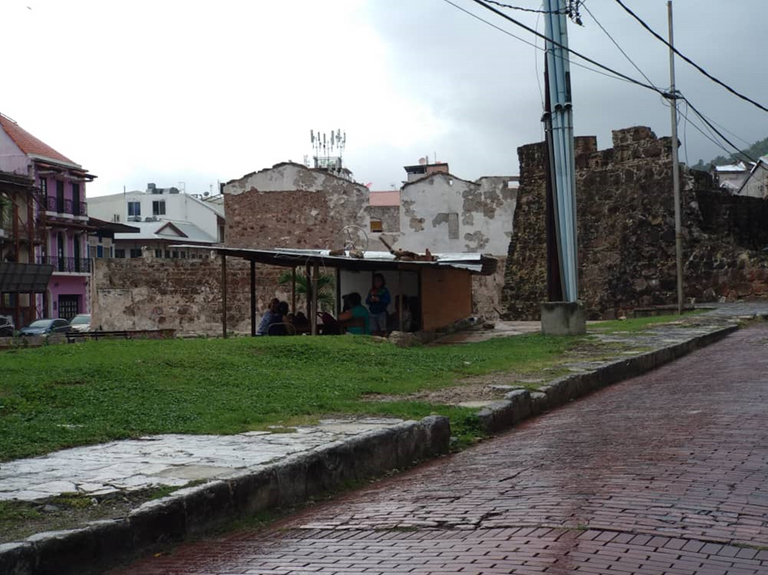
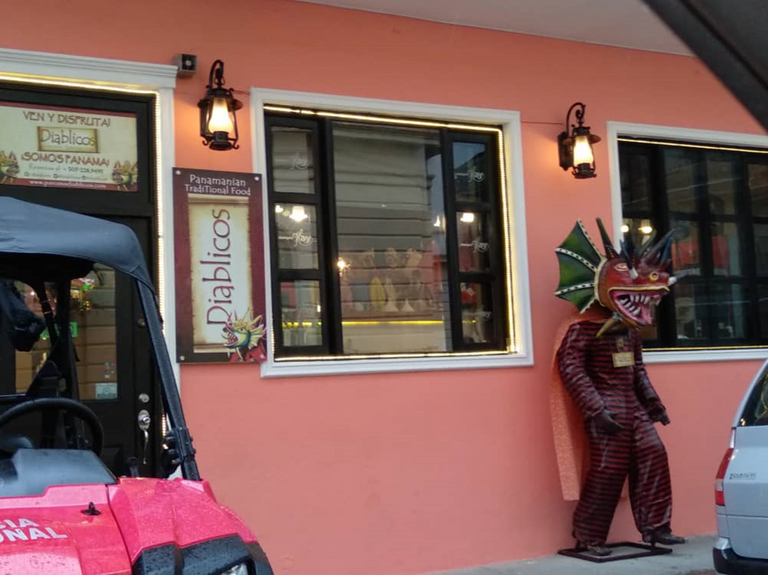
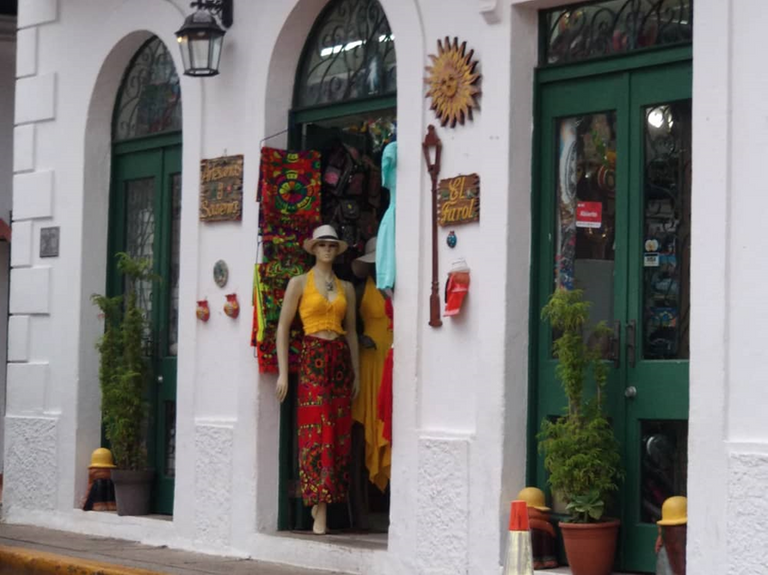
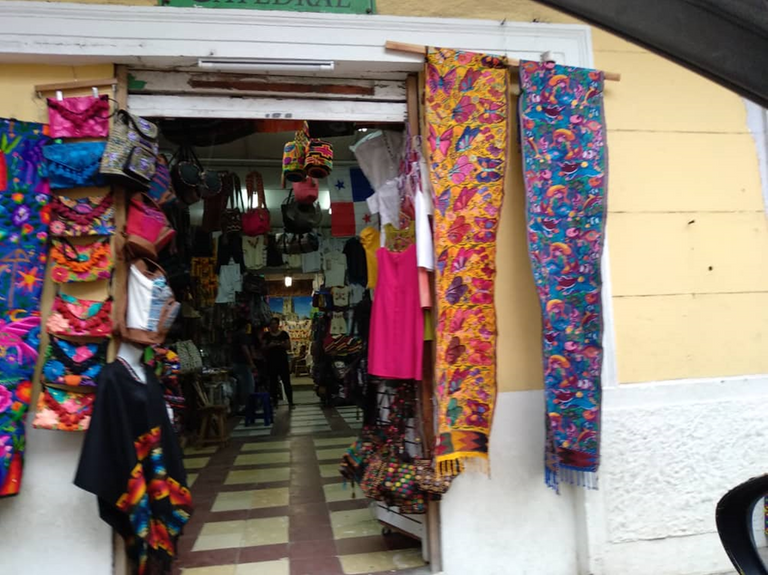
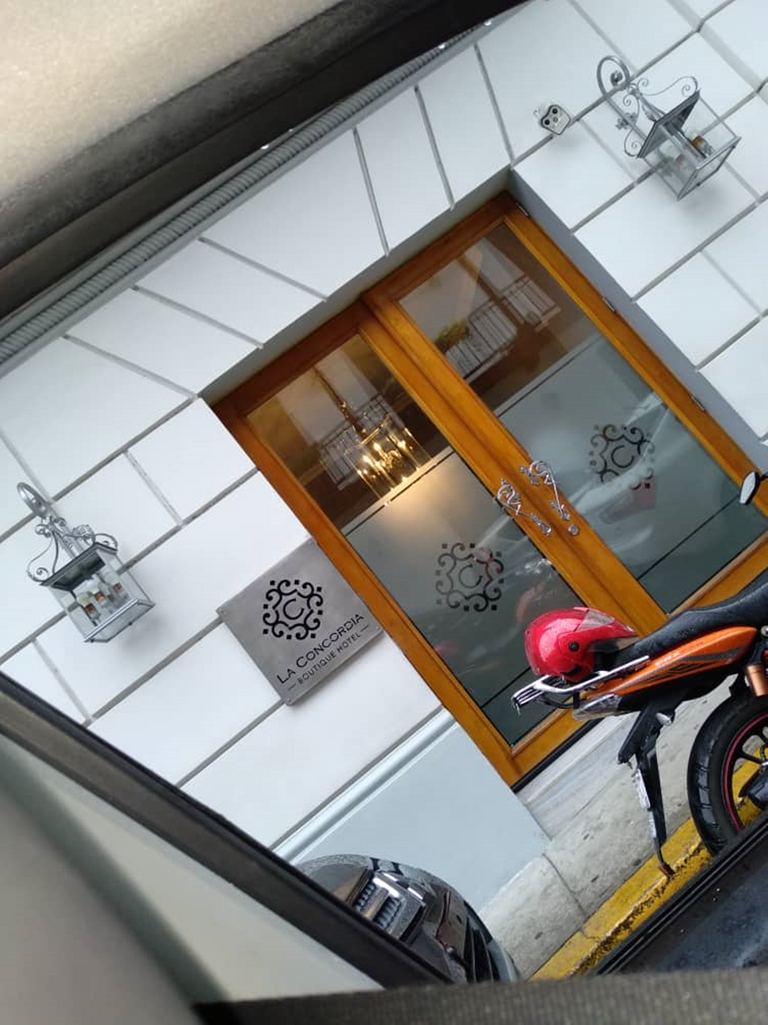
Congratulations, your post has been added to Pinmapple! 🎉🥳🍍
Did you know you have your own profile map?
And every post has their own map too!
Want to have your post on the map too?
Hello friends of Pinmapple, good morning from Caracas, thanks for adding my post to Pinmapple and putting my post on the map
I love this view, it would have been nice walking on it.
Hello Afterglow, good morning from the city of Caracas, already starting the tropical heat until the end of the year. The colonial streets of Panama are spectacular, clean, well maintained, and in permanent conservation; indeed, it provokes walking through them, preferably in good company. Kind regards
Greetings dear friend Benjamin. Our beloved community is truly privileged to be showcased the architectural marvels of the iconic city of Panama. What makes this metropolis simply fascinating is not only its award-winning cultural and gastronomic assets but also the plethora of architectural treasures it proudly unveils to visitors. This goes to celebrate the wealthy options this exotic location can offer to the human experience. Fabulous story! Receive a brotherly hug! 😊
Dear friend Erne, I share with you that Panama City is a place full of architectural treasures, I also believe that it is well accompanied by its culture and gastronomy that make it more pleasant to visit. Receive a warm hug in return. Soon I will deliver a post about the new Panama, full of skyscrapers, which contrasts sharply with the colonial city that I have presented to you this time.
Amazing! I'm excited as I look forward to your next publication about the modern architecture of the new Panama. All the best! 😊
The city of Panama has so many beautiful architectures. I didn't know that before. I found out by looking at your blog. Thank you so much for creating a beautiful blog and giving it to us.
Hello Nusrat, it has been a pleasure to give you this post about the colonial part of Panama City, I am glad you liked it, thank you very much for your words of encouragement. Receive a cordial greeting
¡Felicitaciones!
1. Invierte en el PROYECTO ENTROPÍA y recibe ganancias semanalmente. Entra aquí para más información.
3. Suscríbete a nuestra COMUNIDAD, apoya al trail de @Entropia y así podrás ganar recompensas de curación de forma automática. Entra aquí para más información sobre nuestro trail.
4. Creación de cuentas nuevas de Hive aquí.
5. Visita nuestro canal de Youtube.
Atentamente
El equipo de curación del PROYECTO ENTROPÍA
Hola amigos de Entropía, muchas gracias por permitirme optar a la mención especial de vuestra comunidad y por la recompensa otorgada. Reciban un cordial saludo
Hello friends of Entropía, thank you very much for allowing me to opt for the special mention of your community and for the reward granted. Receive a warm greeting
Beautiful city, with striking buildings and its typical balconies of the colonial acquisition, very well for the city to preserve its heritage.
Good walk even if it's raining, greetings.
Hello Jhonnygo, good afternoon from Caracas, thanks for your comments. Around here we say that these rains "do not wet, but soak". Fraternal greetings
Probably the role of the conquerors in the history of different countries is very controversial. Especially when it comes to the indigenous population of these lands. But let's put history aside. Nowadays, we can only enjoy and appreciate what these conquerors have left behind. What is seen, what they have built. And what they have managed to build here is very beautiful.
I especially liked in the pictures the ruins of Santo Domingo Church and La Merced Church.
Regards
Hello Soulsdetour, the worst thing that can happen to us is to stay in the past and want to blame everything bad on those who conquered us or defeated us in some battle. As you say "we can only enjoy and appreciate what these conquerors have left behind. What is seen, what they have built", and the beautifulness of what they have managed to build. Receive a warm greeting
Congratulations @besamu! We're delighted to specially curate your awesome publication and award it GOLD MARK in Architecture Brew #58. More power!
Thank you for subscribing to Architecture+Design, an OCD incubated community on the Hive blockchain.
Hello Aplusd, good afternoon from Caracas, I am very happy and grateful that my publication has been awarded the Gold Mark IN ARCHITECTURE BREW #58. Receive my words of appreciation for the work you do as a curator. A fraternal greeting from me.
Hello Aplusd, good afternoon from Caracas, I am very happy and grateful that my publication has been awarded the Gold Mark IN ARCHITECTURE BREW #58. Receive my words of appreciation for the work you do as a curator. A fraternal greeting from me.
Hello @besamu. Truly, a well-deserved recognition for you. Continue sharing remarkable publications. Cheers! 😀